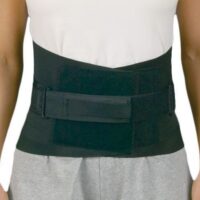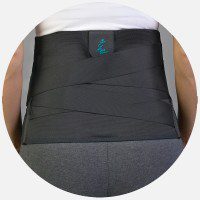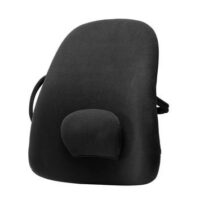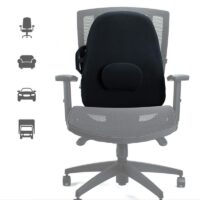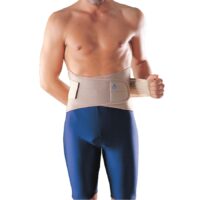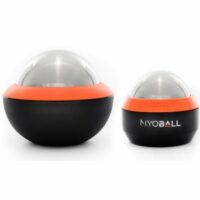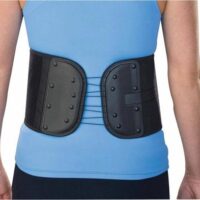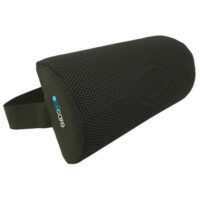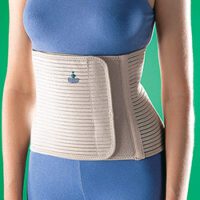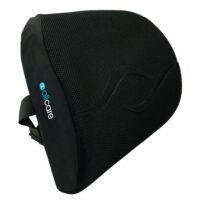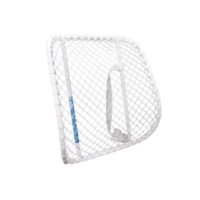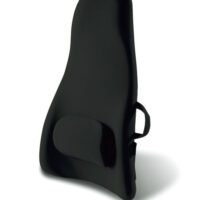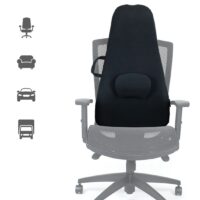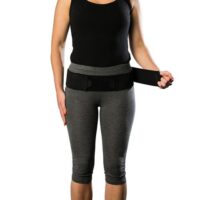Deep Core Muscles
Your Foundation for Spinal Health
Introduction
In today’s fast-paced world, spinal health is often overlooked until pain strikes. But what if we could proactively protect our backs? This comprehensive guide, informed by the latest physiotherapy insights, unravels the mystery of deep core stability muscles, their pivotal role in spinal health, and how we can strengthen them.
Understanding Deep Core Stability Muscles
The Vital Trio: Transversus Abdominis, Multifidus, and Pelvic Floor
Deep within our lower spine, a trio of muscles work tirelessly to support our body and shield us from back pain. These are the transversus abdominis (TrA), multifidus (MF), and pelvic floor muscles (PF).
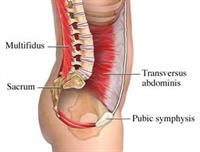
Deep Core Stability Muscles
Transversus Abdominis
The transversus abdominis, more than just a muscle, acts as a vital stabiliser for the entire lower back and core region. Often compared to a natural corset, it wraps around the abdomen, spanning from the lower ribs to the pelvis.
Its unique horizontal fibre orientation allows it to tighten and compress the abdominal contents, thereby stabilising the pelvis and lower back before any body movement occurs. This preemptive action plays a crucial role in maintaining proper posture and alignment, as well as in preventing undue strain on the spinal structures.
During activities such as lifting, bending, or even coughing, the transversus abdominis engages to maintain stability and protect the spine. Strengthening this muscle is not about creating visible “six-pack” abs but about building an internal support system that safeguards against injuries and back pain.
Multifidus Muscle
The multifidus muscle is a series of small, yet powerful muscles that span the length of the spine. Each segment of the multifidus attaches to the bony structures of the vertebrae, from the sacrum at the base of the spine up to the cervical region at the neck.
This deep muscle works diligently, often without our conscious awareness, to provide fine-tuned support and stabilisation to the spine with every movement. Its ability to make small, precise adjustments in posture helps distribute forces evenly along the spine, reducing the risk of injury and wear.
Especially critical in movements that involve twisting or bending, the multifidus ensures that such actions don’t overburden any single part of the spinal column. Keeping the multifidus strong is essential for a healthy back, as weaknesses in this muscle are often linked to chronic back pain and spinal instability.
Pelvic Floor Muscles
The pelvic floor muscles form a sling-like structure that stretches across the base of the pelvis. These muscles, often underrecognised, play a pivotal role in core stability and overall health. They work in concert with the transversus abdominis and multifidus, providing a foundational support system for the lower spine and pelvic organs.
The pelvic floor muscles assist in controlling bladder and bowel functions and are crucial during activities that increase intra-abdominal pressure, such as sneezing or lifting heavy objects.
For women, these muscles are particularly important for pregnancy and childbirth, supporting the uterus and playing a vital role in the birthing process. Strengthening the pelvic floor can lead to improved core stability, better posture, and a reduced risk of incontinence and pelvic organ prolapse.
Engaging and training these muscles through targeted exercises, like Kegels, is key to maintaining their strength and functionality, contributing significantly to overall spinal and pelvic health.
The Synergy for Spinal Health
Together, these muscles form a dynamic system that maintains spinal alignment and reduces stress on the back. Recent research underscores their interdependence, suggesting that a holistic approach to strengthening them can lead to better spinal health outcomes.
Core Stability and Back Pain Prevention
A Physiotherapist’s Perspective
As physiotherapists, we observe that a well-conditioned core is your best defence against back pain. Strengthening these deep core muscles not only enhances stability but also improves overall posture and body mechanics.
The Role of Real-time Ultrasound Retraining
Innovative techniques like real-time ultrasound retraining have revolutionised core muscle training. This method allows physiotherapists and patients to view muscle contractions in real-time, ensuring correct and effective exercises.
Core Stability Exercises: Your Path to a Stronger Back
Simple Yet Effective Routines
Exercises targeting these core muscles can range from simple to advanced, catering to all fitness levels. Key exercises include:
- Pelvic Tilts
- Bridging
- Planks
- Pilates
These exercises, when performed consistently and correctly, can significantly enhance core muscle strength.
The Pilates Connection
A Fusion of Core Stability and Movement
Pilates, a movement system focusing on core strength, flexibility, and mindful movement, aligns perfectly with core stability training. It emphasises controlled movements that engage the deep core muscles, making it an ideal practice for enhancing spinal health.
Measuring Your Core Stability
Understanding Your Core Stability Score
Your core stability score is a measure of the strength and endurance of your core muscles. Physiotherapists can assess this through specific tests and exercises, providing a baseline for your core fitness.
Addressing Core Stability Deficiencies
Causes and Solutions
A lack of core stability can stem from various factors, including sedentary lifestyles, incorrect posture, or previous injuries. A tailored exercise regimen, guided by a physiotherapist, can effectively address these deficiencies.
Rochedale - Call 38410277
Book Online: RochedaleSalisbury - Call 32751044
Book Online: SalisburySandgate - Call 32691122
Book Online: SandgateRelated Articles
- Core Stability Exercises
Readers will discover a range of exercises designed to strengthen the core muscles, essential for improving spinal health and reducing the risk of injury. - Pilates and Its Benefits for Spinal Health
This page explains how Pilates can improve core strength, flexibility, and overall spinal health through controlled movements. - Understanding and Managing Lower Back Pain
Offers insights into common causes of lower back pain and practical advice for management and prevention. - Pelvic Floor Physiotherapy
Provides valuable information on how strengthening the pelvic floor can contribute to core stability and spinal health, especially relevant for women post-pregnancy. - The Role of Physiotherapy in Back Pain Prevention
Discusses how physiotherapy can help prevent back pain by enhancing core stability and spinal alignment. - Real-time Ultrasound for Core Muscle Training
Explains the innovative technique of using real-time ultrasound to ensure the correct engagement and strengthening of core muscles. - Posture and Its Impact on Spinal Health
Highlights the importance of good posture for maintaining spinal health and how core stability plays a crucial role. - Exercises for a Healthy Spine
Details specific exercises that target the spine and core muscles, promoting a healthier back and reducing the risk of pain. - The Importance of the Multifidus Muscle for Spinal Stability
Provides an in-depth look at the multifidus muscle and its critical role in maintaining spinal stability and health.









